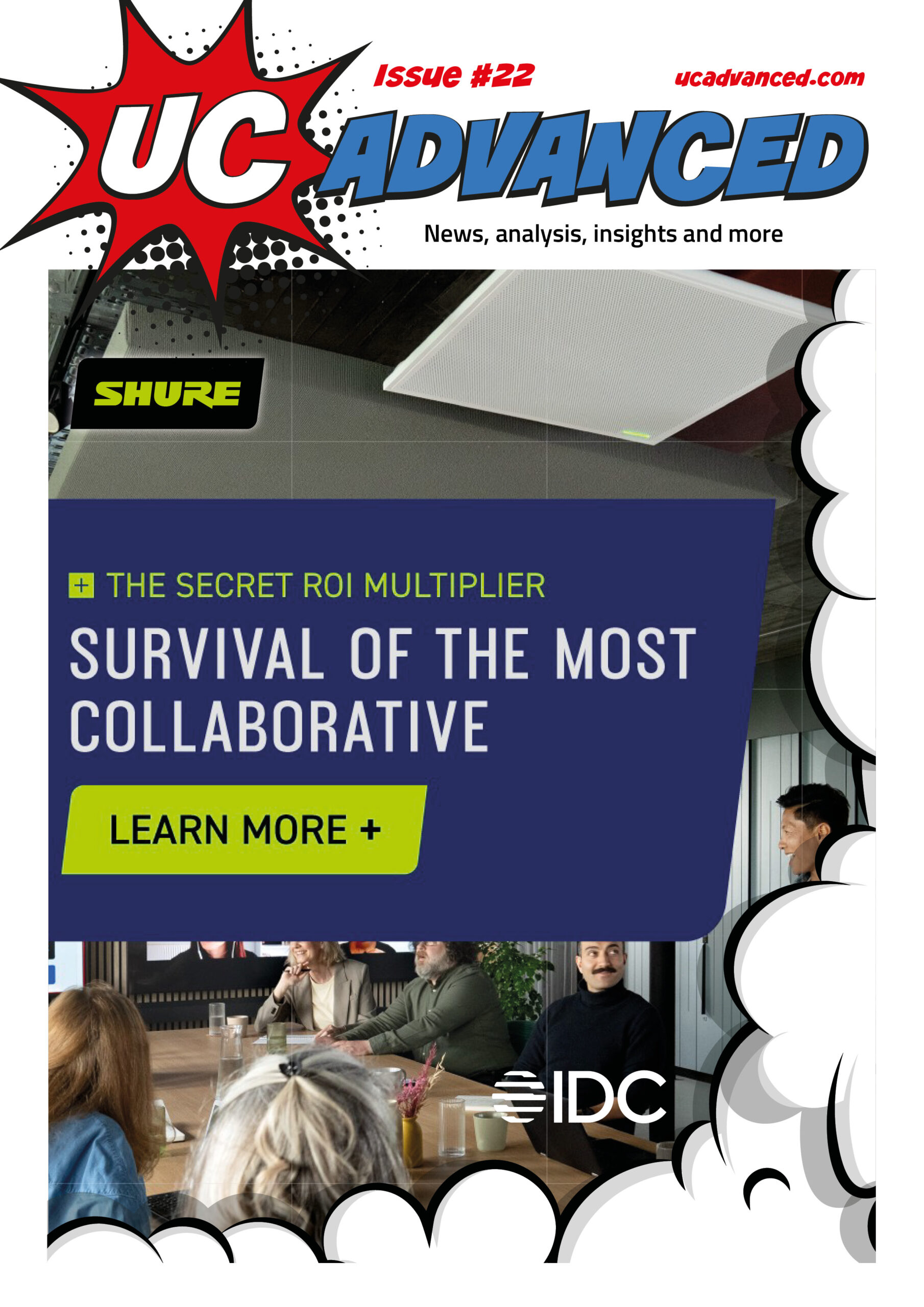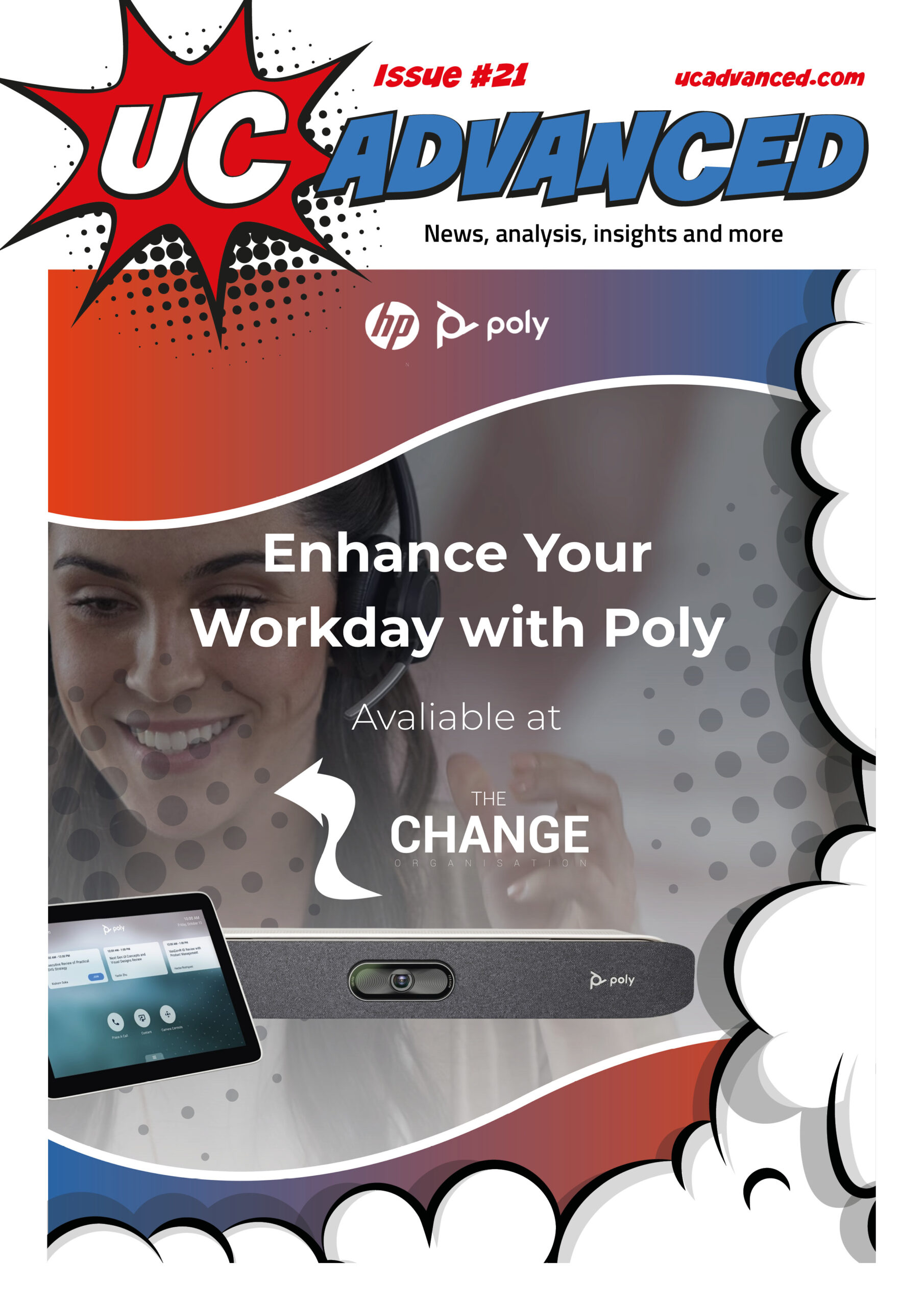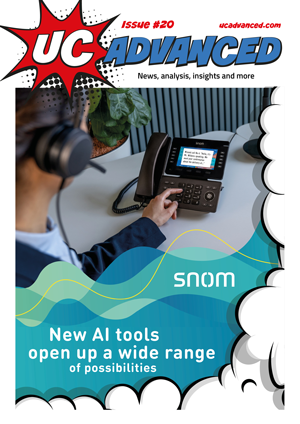This month UC Advanced asked our panel of experts: “How are those on the factory floor (in essence the manufacturing sector) communicating in the age of collaboration platforms?”
While great swathes of the workforce are happy to work from home two or three days a week, there are some that aren’t afforded that luxury.
After all, you can’t build a car from a desk in an office, not one you can fit in anyway.
So, while some of us take advantage of a Friday from home, checking in with a quick call towards the end of the day, how do those on factory floors take advantage of the platforms we know all too well?
Q: How are manufacturers collaborating?
Don Valentine, Commercial Director, Absoft
“Manufacturers are leveraging SAP S/4HANA Public Cloud to enable a smooth integration across their operations. This integrated platform facilitates efficient communication and data exchange among different business areas, such as finance, supply chain management, and production planning.
“For example, the Material Requirements Planning (MRP) module streamlines inventory optimisation, production scheduling, and lead time minimisation, enhancing overall operational efficiency.
“The integrated approach eliminates manual tasks, reduces errors, and promotes real-time collaboration so that companies are capable of responding promptly to customer demands.
“Moreover, quality control plays a pivotal role in the manufacturing sector, where product defects or non-compliance can have severe consequences. The SAP S/4HANA Public Cloud offers advanced quality management capabilities, allowing companies to conduct real-time quality assessments throughout the manufacturing cycle, reducing the risk of delivering substandard products.
“Emphasising collaboration further, the solution promotes effortless collaboration with suppliers, enabling real-time exchange of production data, demand forecasts, inventory levels, and more. This not only facilitates more precise planning but also strengthens supplier relationships, promoting trust and mutual understanding. By enhancing adaptability to market fluctuations through collaborative efforts, manufacturers can stay agile and competitive in the industry.”
Katie Fradley, Product Development Director, Flowlio
“Manufacturers can collaborate to make improved products faster and more efficiently, allowing them to do more than they could individually. Whilst there are many ways in which manufacturers may collaborate, a few key ways include forming partnerships with other businesses to combine skills and services. These skills and services often complement each other and allow reach to more potential customers.
“In addition to providing combined services to customers, this could also include collaborating on their supply chains, enabling reduced costs and improved efficiency.
“Finally, other collaborations can also include sharing new ideas and technologies at networking sites and events—this is particularly useful for new start-ups—and establishing industry standards to adhere to.”
Matthieu Bourguignon, Senior Vice President for the Network Infrastructure Division, Nokia:
“We are seeing that manufacturers are looking towards their supplier to help them improve productivity, which in turn helps them drive efficiency and improve margins. Innovation can come from anywhere, and manufacturers expect their suppliers to approach them, showing ‘partnership behaviour’, expecting them to recommend new ways of doing things that can lower costs or improve revenues, that can be done.
“We are also seeing that security is very common in operational discussions, both people safety and information security, in addition to sustainability, which is not just a buzzword anymore.
“All of these can significantly impact the business relationship. These conversations are collaborative in nature as they teach us what they need. At Nokia, we have brought digital efficiency using our own technology into our manufacturing facilities, which has improved productivity by 50%.”
Q: What are the challenges in the sector?
Katie Fradley, Product Development Director, Flowlio:
“Where to start! It’s good to be aware of challenges, and there are several in the sector, including keeping up to date with the changes in the industry. The world is rapidly advancing, particularly in technology, and it is important to continuously update your products to remain competitive. What may be seen as an advanced feature can quickly become a standard requirement for customers, and it is important to stay ahead. Sometimes, a change may also need to be made due to changes in law, and that can vary between different countries. It is therefore important to have a knowledge of the regulations in the countries you are providing your product to, to ensure you remain compliant.
“Another challenge is quality control. First impressions are important, and that goes for systems as well. If your product does not work as required and takes time to correct, you are going to lose custom. Taking time to undertake User Acceptance Testing (UAT) and even UX reviews can prevent issues prior to reaching a customer.
“Finally, I think it’s worth mentioning potential disruptions to supply chains. The COVID pandemic is a good example, and in previous projects, I have had to make changes to planned shipments, which has impacted timelines and costs.
“It is important to be aware of the factors that may impact your supply chains and have backup plans in place. Another key factor currently impacting supply chains is global conflict. This reduces the accessibility of materials and transportation routes, resulting in increased demand and inflating costs that are ultimately passed onto the customer.”
Matthieu Bourguignon, Senior Vice President for the Network Infrastructure Division, Nokia:
“There are always challenges. As manufacturers ourselves, we completely understand the pressures of stalled production lines and how costly that can be. We understand the need for unflinching quality in the end product and how technology can help overcome the economic reality of component costs and markets that often expect the same quality for less money.
“Another challenge on the market is the predictability of business in a world increasingly impacted by geopolitics and macro events. However, by using technology cleverly, we can make environments more efficient and safer while freeing highly skilled staff from menial tasks.”
Don Valentine, Commercial Director, Absoft:
“The manufacturing sector faces a number of challenges and hurdles, including high costs, rapid technological advancements, global trade issues, political instability, and supply chain risks. Manufacturers face fierce competition in a global market, necessitating a shift from outdated paper-based workflows and basic spreadsheets to advanced end-to-end ERP systems specifically tailored for manufacturing. These systems should encompass front-office and back-office operations, including financials, sales, inventory, planning, and scheduling.
“Furthermore, supervisors, often possessing decades of industry experience, serve as the linchpins of operational efficiency. However, the sector grapples with the risk of losing vital information due to personnel changes or retirements, as knowledge may be solely reliant on individual expertise.
“To meet this challenge, manufacturers must bridge the gap between traditional practices and digital innovation, integrating critical knowledge into ERP systems to ensure continuity and mitigate disruptions.”
Q: Are factories fully connected now?
Matthieu Bourguignon, Senior Vice President for the Network Infrastructure Division, Nokia:
“No, and there is a long way to go. We believe that an approach needs to be taken that uses a combination of technology, from Campus 5G through to Passive Optical LAN, that can work together seamlessly to support the applications needed to make the shop floor autonomous.
“There are concrete examples of implementing Industry 4.0 in Alcatel Submarine Networks in France or Lufthansa in Germany. Technology provides genuine support to workers (like remote maintenance) and efficiency to certain processes, such as real-time video monitoring of activity.
Don Valentine, Commercial Director, Absoft:
“In the context of factory connectivity, one of the key challenges encountered is integrating SAP S/4HANA with pre-existing legacy systems. Numerous manufacturing enterprises have long relied on legacy systems for an extended period, highlighting the importance of achieving seamless integration.
“To address this challenge and move towards full factory connectivity, businesses can choose a phased implementation strategy. This involves gradually migrating to SAP S/4HANA by breaking the process into smaller, more manageable phases, such as data cleansing and system compatibility assessments.
“This approach allows companies to maintain their day-to-day operations while reducing disruption and ensuring a seamless transfer of data and processes towards achieving full connectivity within the factory environment”
Katie Fradley, Product Development Director, Flowlio:
“I would say they are becoming increasingly more connected through the use of data analytics and AI, robotics, cloud-based platforms and the integration of supply chains. The growth of technology and the pace of change have undoubtedly enabled factories to become leaner and more connected across their productivity and supply chains.
“However, there are variables that can influence the level of connectivity, such as the size of a business, the product offering and the maturity of business processes. When developing a business and delivering change, it is especially important to have a skilled workforce that can deliver this change using fast and efficient project management tools, such as Flowlio. This approach is proven to connect the workforce, and suppliers to meet customer demands.”
Q: Are there any challenges with communications technology inhibiting productivity?
Don Valentine, Commercial Director, Absoft:
“The adoption of any ERP solutions, including SAP, requires effective change management to navigate potential challenges in communication technology that may inhibit productivity. Engaging stakeholders at all levels of the organisation and clearly articulating the advantages and objectives of SAP solution adoption are crucial steps in cultivating support and minimising resistance, particularly in the face of technological hurdles.
“Maintaining a schedule of regular updates and fostering open communication channels becomes even more vital in addressing any communication-related concerns that may arise, ensuring that productivity remains unhindered during the transition.”
Katie Fradley, Product Development Director, Flowlio:
“Technology underpins change and if it is not implemented in the correct way, there will undoubtedly be issues that impact productivity. We have seen many technology projects fail due to poorly procured solutions and inadequately planned and executed projects.
“Technology is only as good as those who use it. It is, therefore, crucial when delivering projects that solutions are tested, people are trained, and there are the support and tools required for a successful implementation. If any of these are lacking, there will be an impact on productivity, quality, and the customer experience, resulting in reputational damage and an increase in business risk.”
Matthieu Bourguignon, Senior Vice President for the Network Infrastructure Division, Nokia:
“The biggest challenges in telecoms are always the speed of adoption and interoperability between vendors. At Nokia, we have always prided ourselves on our openness and willingness to cooperate with others, and this can be seen in our latest innovations, such as Network as Code, where we invite developers to utilise the APIs in a network.
“The collaboration between manufacturers, the service providers who own spectrum, and the vendors who drive innovation will help deliver the factories of the future.”











